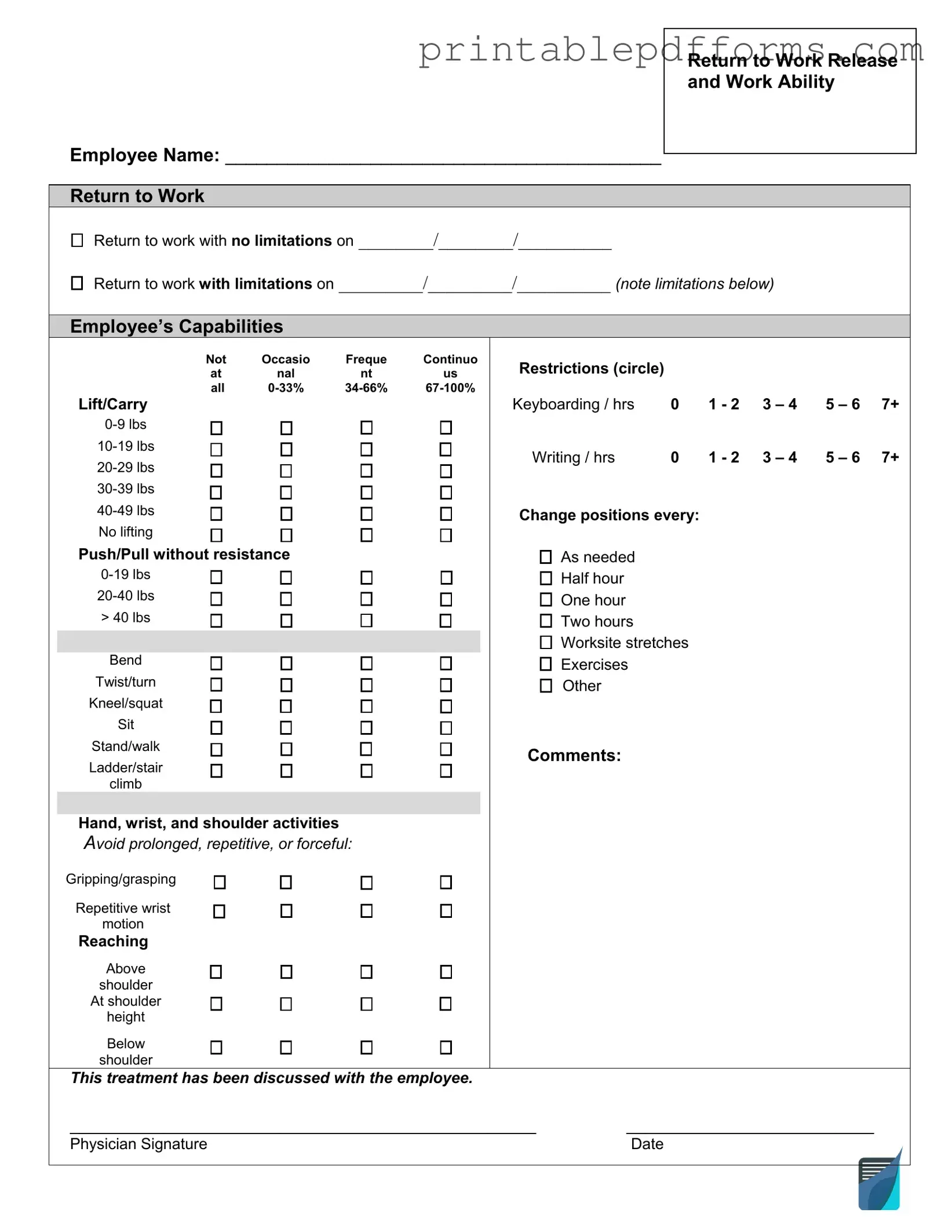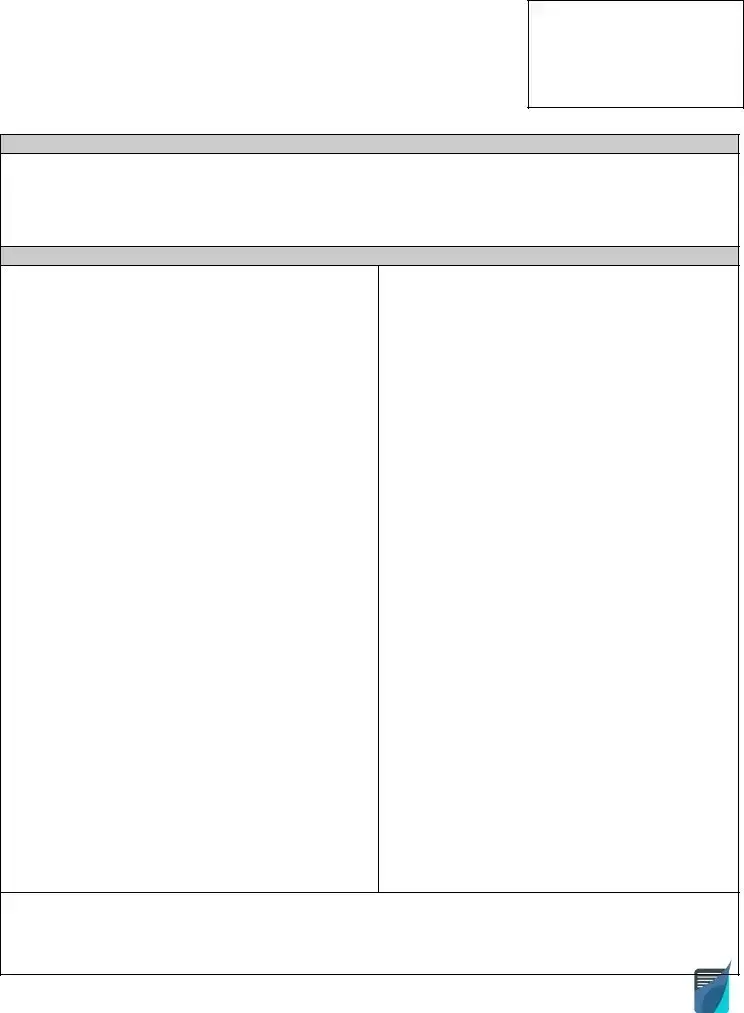Print Payroll Check
- Employers can maintain a clear record of labor costs with this form.
Gift Certificate Maker
- The Gift Letter ensures clarity between the giver and the recipient regarding the funds.
The Ohio Operating Agreement form is an essential document for any Limited Liability Company (LLC) within the state, serving as the governing framework for its operations and management. It outlines the ownership, financial arrangements, and working relationships among members, ensuring clarity and efficiency in the LLC's functioning. For more information and resources related to this document, you can visit All Ohio Forms. Despite its vital role, the content of this form remains flexible, allowing businesses to tailor it to their specific needs.
Fake Utility Bill
- Essential for tracking costs associated with water, electricity, and gas.

